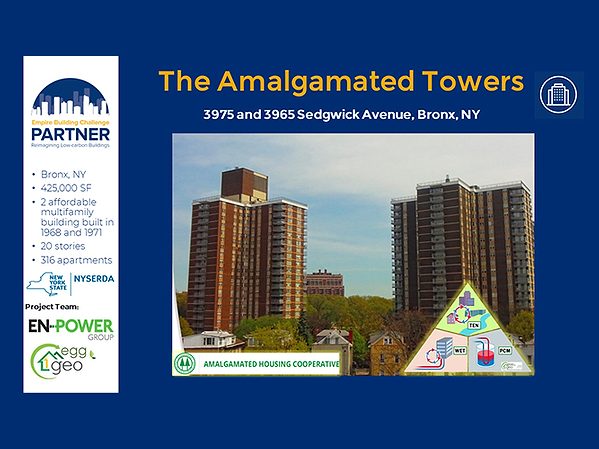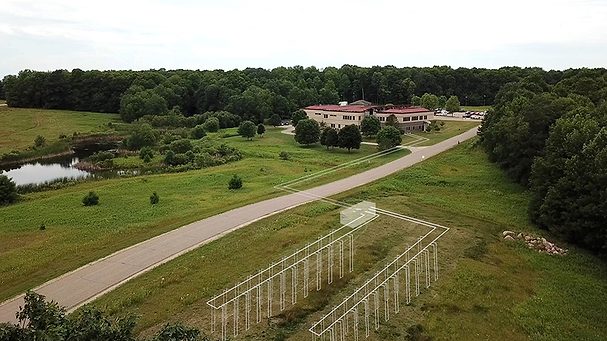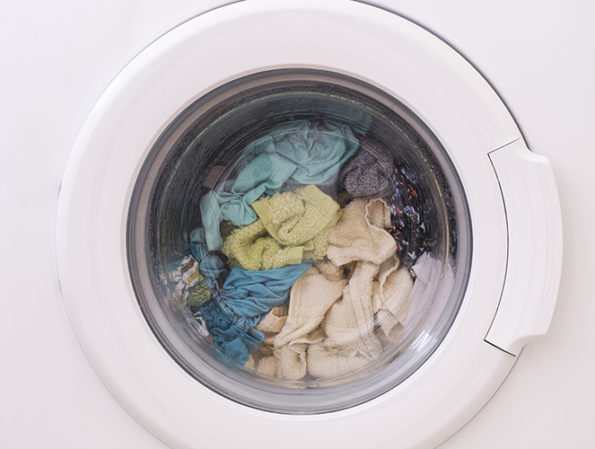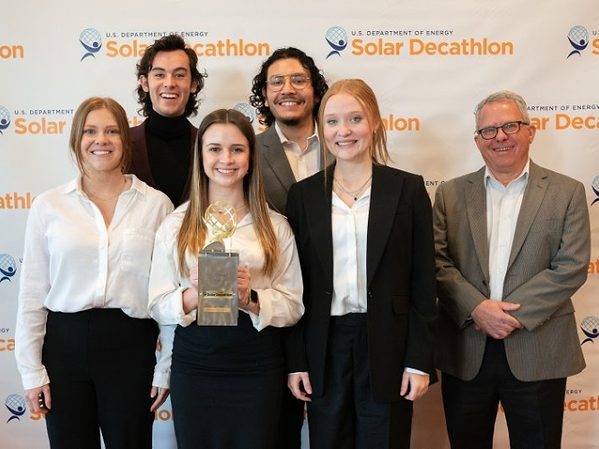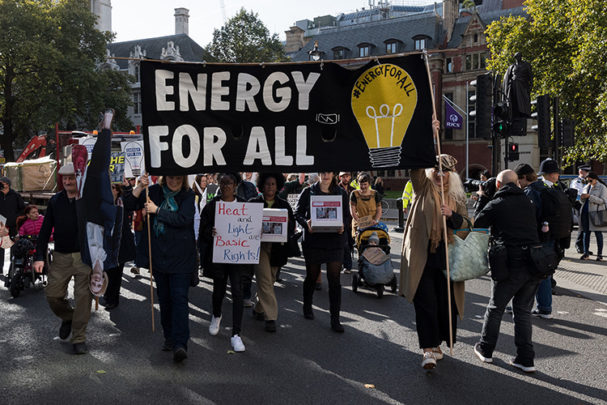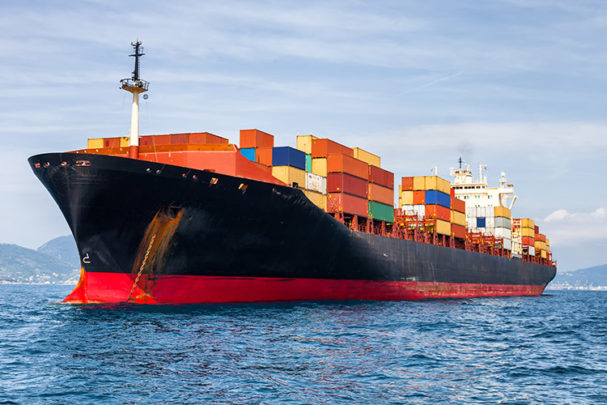Alternative Energy
Geothermal HVAC
This technology, which extracts the heat by sending wastewater through a heat exchanger, is closely related in concept to ERVs.
Read More
Alternative Energy
The Warehouse of the Future – and Past
Two Missouri caves are examples of working with the local geography to reduce the climate and security variables affecting business owners.
Read More
Feature
Health and Wellness Center Taps Into Geothermal
The Stockbridge-Munsee Band of Mohican Indians searched for a sustainable energy system to moderate the tribe’s use of natural resources.
Read More
Feature
Pipefitters Union Brings Strength to National Uptake of TENs
Countless building trades are assured of plentiful and high-paying jobs as utility thermal energy network systems continue to roll out.
Read More
Geothermal HVAC
How Energy Poverty Impacts Communities
Thermal energy networks are spreading, and the benefits are consistently presented as a realistic solution to real-world problems.
Read More
Alternative Energy
Flags of Convenience
Sustainability in the commercial shipping industry.
Read More
